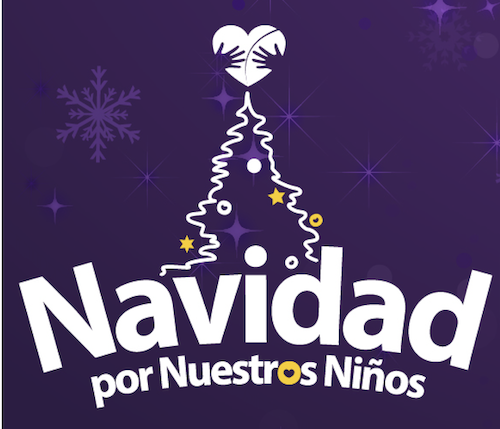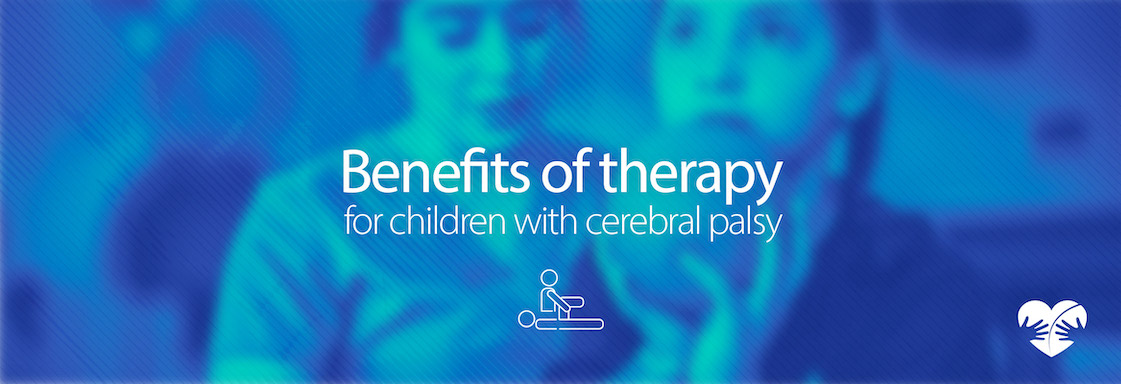Cerebral palsy is the most common motor disorder among children in the United States. While a cerebral palsy diagnosis comes with many life adjustments, proper treatment can improve a child’s quality of life.
One of the most important treatments for cerebral palsy is therapy. Therapy may be the only treatment for some children with less severe cerebral palsy. For others, it will be needed to supplement other treatments.
This article will look at the benefits and types of therapy for children with cerebral palsy.
Benefits of Therapy
Therapy will help maximize the child’s mobility and independence. It will also increase the child’s heart and lung fitness and help the child develop motor skills. Improving overall fitness through therapy will reduce the child’s risk of other complications and health issues.
Types of Therapy
There are three main types of therapy for children with cerebral palsy: physical, occupational, and speech and language therapy.
Physical Therapy
Physical therapy is important for children with cerebral palsy because it can improve balance, muscle strength, coordination, and endurance. It can also help with pain management and treat other conditions such as scoliosis and hand, wrist, and knee deformities. Although over half (58.9%) of children with cerebral palsy can walk independently, physical therapy can improve walking ability and other skills.
Although physical therapy is important for any child with cerebral palsy, during the toddler and early childhood years, physical therapy is particularly crucial, as children are still in the early stages of development.
Physical therapy will look different for each child, depending on their individual needs and the severity of their condition. Before beginning therapy, the child’s physical therapist will evaluate their needs and create a treatment plan. However, common physical therapy includes exercises designed to:
- Develop muscle tone
- Increase flexibility
- Improve strength
- Improve balance and touch
- Help with walking and posture
Physical therapy for children with cerebral palsy includes massages, time in the swimming pool, using weights, and electric muscle stimulation.
Occupational Therapy
Occupational therapy is important for children with cerebral palsy because it helps them develop fine motor skills. For example, with occupational therapy, children can improve their ability to perform activities such as:
- Brushing their teeth
- Tying their shoelaces
- Holding a pencil
- Using scissors
- Picking up toys or other objects
To develop these skills, occupational therapy generally includes activities such as reaching, positioning, and releasing objects, with some form of play or game involved to keep the child engaged.
Speech and Language Therapy
According to a study performed by Swedish researchers, more than half of children with cerebral palsy experience some degree of speech problems.
Some children with cerebral palsy experience difficulties developing speech and controlling oral muscles due to brain damage. Speech and language therapy can help children with speech problems improve their language skills, learn to communicate more effectively, and help with the child’s ability to chew and swallow while eating. A typical speech and language therapy appointment may include the following:
- Breathing exercises
- Jaw exercises
- Swallowing exercises
Alternative Therapy
Lastly, as every child’s situation is different, some children with cerebral palsy may respond more positively to alternative therapy options. Alternative therapy options have the same long-term goals as traditional therapy, including improving mobility, reducing risk for other health conditions, and improving motor skills. Some examples of alternative therapy include:
- Aquatic therapy
- Horse/equine therapy
- Music therapy
A child’s doctor can help decide what type of therapy, or combination of therapies, will most benefit a child’s unique needs and health complications for the best possible outcome.




